Satellite
Introduction
A satellite is an object that orbits another object in space. Satellites can be natural, like the moon, or man-made. The first man-made satellite, Sputnik 1, was launched by the Soviet Union in 1957. Since then, thousands of satellites have been launched into orbit around the Earth. These satellites are used for a multitude of purposes, including communication, weather monitoring, navigation, and scientific research.
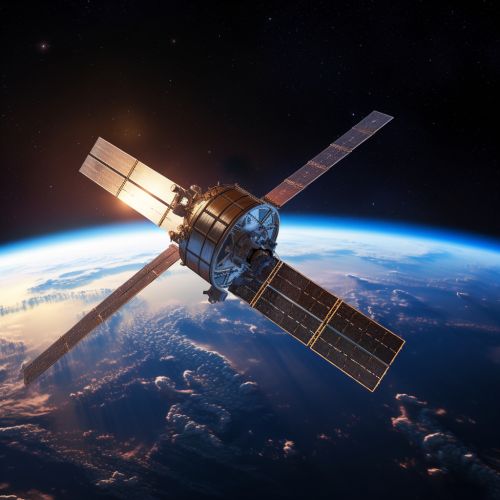
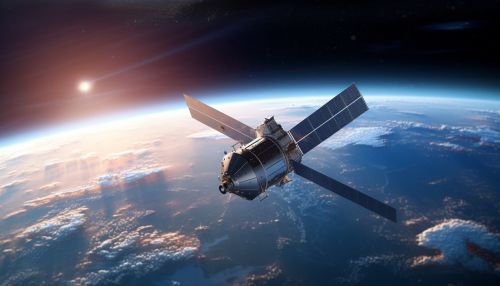
Types of Satellites
There are several different types of satellites, each designed for a specific purpose. These include communication satellites, weather satellites, navigation satellites, and scientific research satellites.
Communication Satellites
Communication satellites are used to relay and amplify radio telecommunications signals via a transponder. They create a communication channel between a source transmitter and a receiver at different locations on Earth. Communication satellites are used for television, telephone, radio, internet, and military applications.
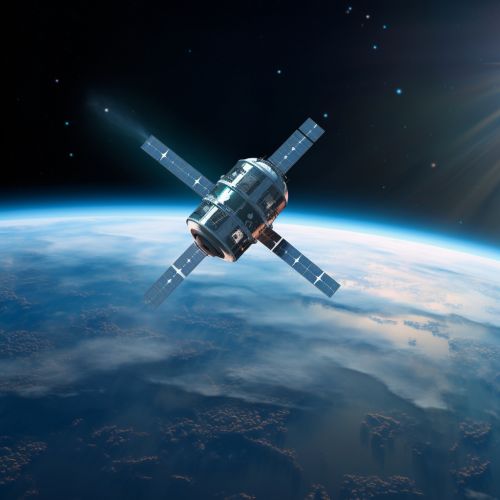
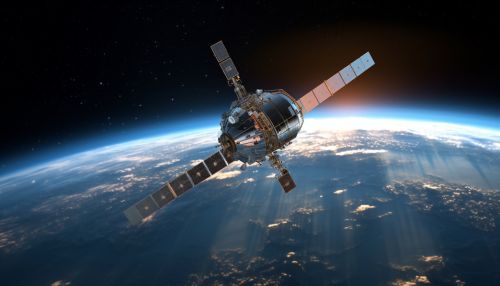
Weather Satellites
Weather satellites are used to monitor Earth's weather and climate. They provide meteorologists with the ability to see weather on a global scale, enabling them to track large-scale air movements. This information is used for weather forecasting, to monitor ocean temperatures and to track hurricanes and typhoons.
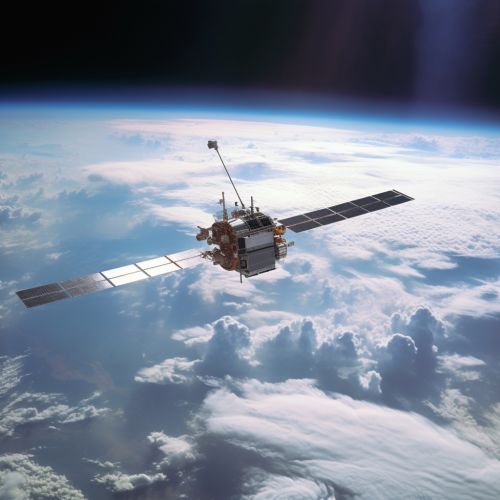
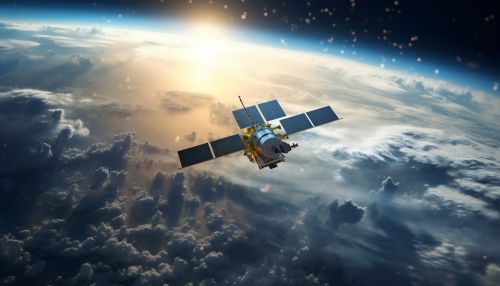
Navigation satellites are used to provide accurate location and timing information to users on the ground. The most well-known system of navigation satellites is the Global Positioning System (GPS), which is operated by the United States. Other systems include Russia's GLONASS, the European Union's Galileo, and China's BeiDou.
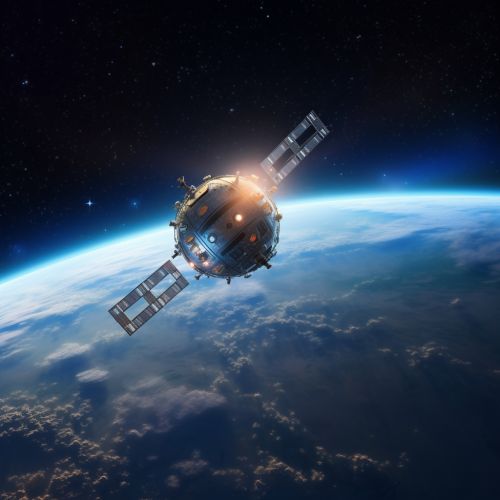

Scientific Research Satellites
Scientific research satellites are used to observe distant planets, galaxies, and other astronomical phenomena. They are also used to study the Earth's atmosphere, weather, and climate. These satellites have greatly contributed to our understanding of the universe and our place in it.
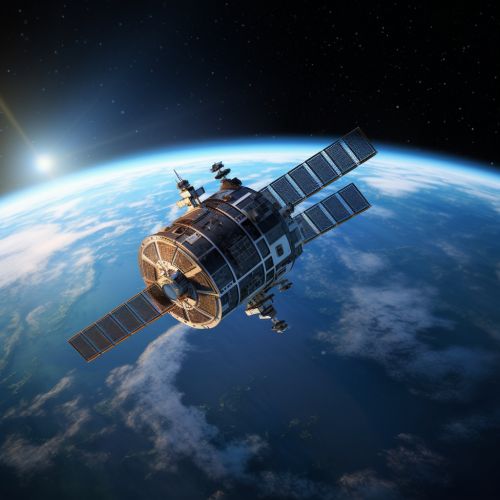
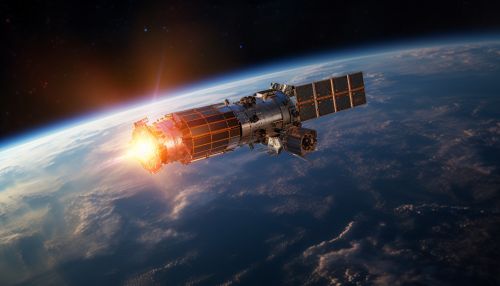
Satellite Orbits
Satellites orbit the Earth in a variety of paths, each suited to a specific type of mission. The three most common types of orbits are geostationary orbits, polar orbits, and low Earth orbits.
Geostationary Orbits
In a geostationary orbit, a satellite orbits the Earth at the same speed as the Earth rotates. This means that the satellite appears to stay in the same spot in the sky, as viewed from the ground. Geostationary orbits are used by communication, weather, and some navigation satellites.
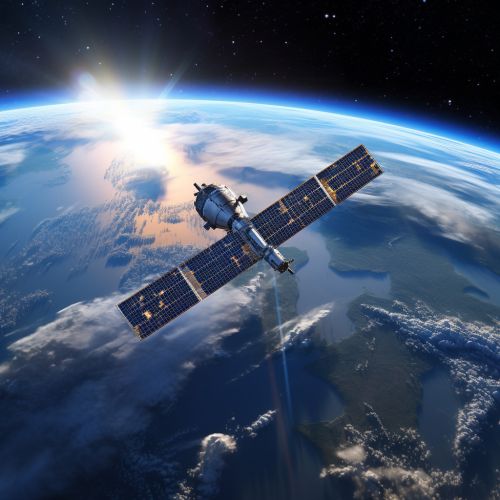
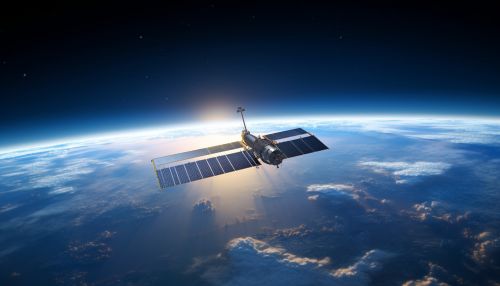
Polar Orbits
In a polar orbit, a satellite orbits the Earth from pole to pole, passing over the North and South Poles on each orbit. As the Earth rotates underneath the satellite, it can scan the entire surface of the planet. Polar orbits are used by weather and some scientific research satellites.

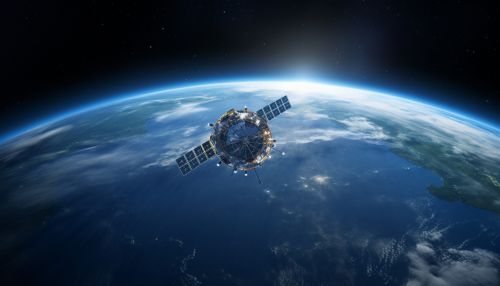
Low Earth Orbits
In a low Earth orbit, a satellite orbits the Earth at a relatively close distance, typically a few hundred kilometers above the surface. This allows the satellite to observe the Earth in great detail, but it also means that the satellite moves across the sky quickly. Low Earth orbits are used by many scientific research satellites, as well as the International Space Station (ISS).
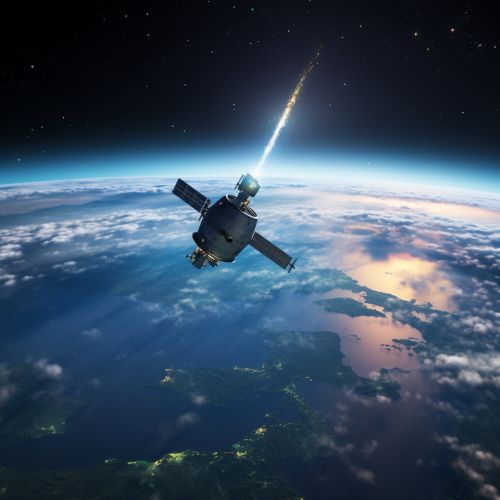
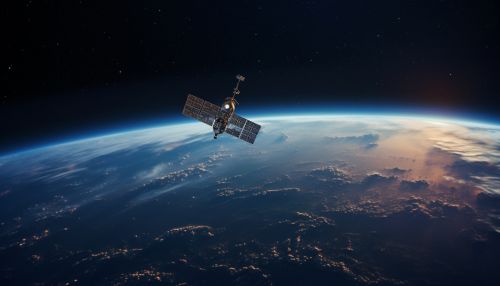
Conclusion
Satellites play a crucial role in our everyday lives, providing us with a wide range of services and information. They help us to communicate, navigate, predict the weather, and understand our planet and the universe around us. As technology continues to advance, the capabilities of satellites are likely to continue to expand, opening up new possibilities for scientific discovery and practical applications.
